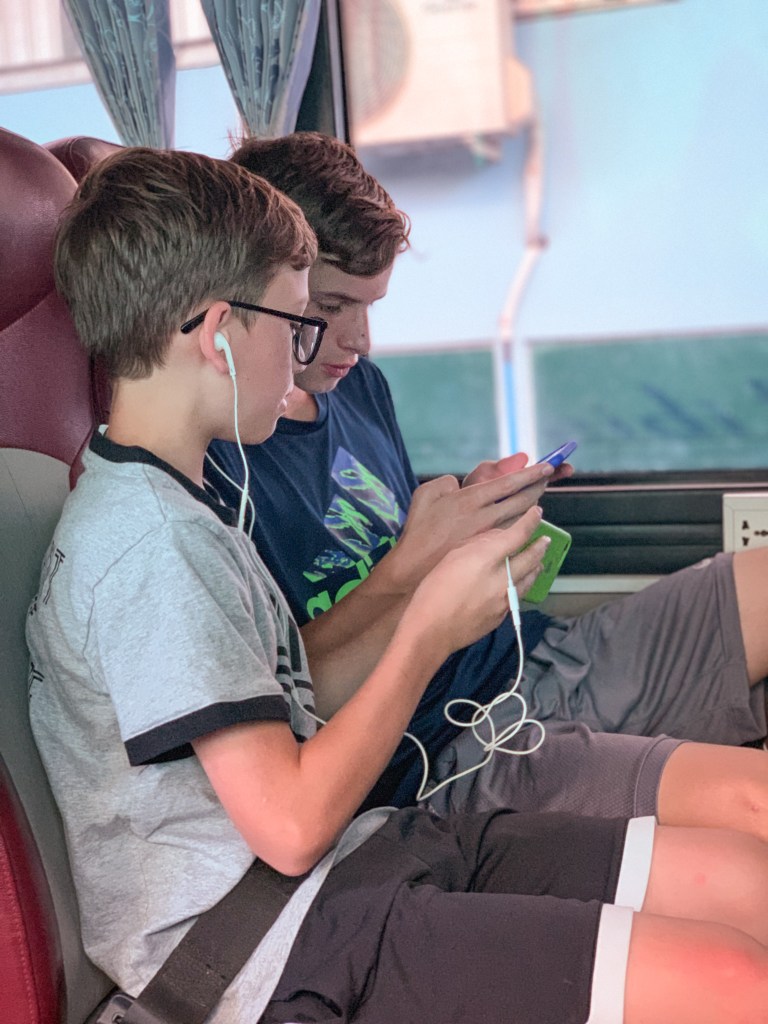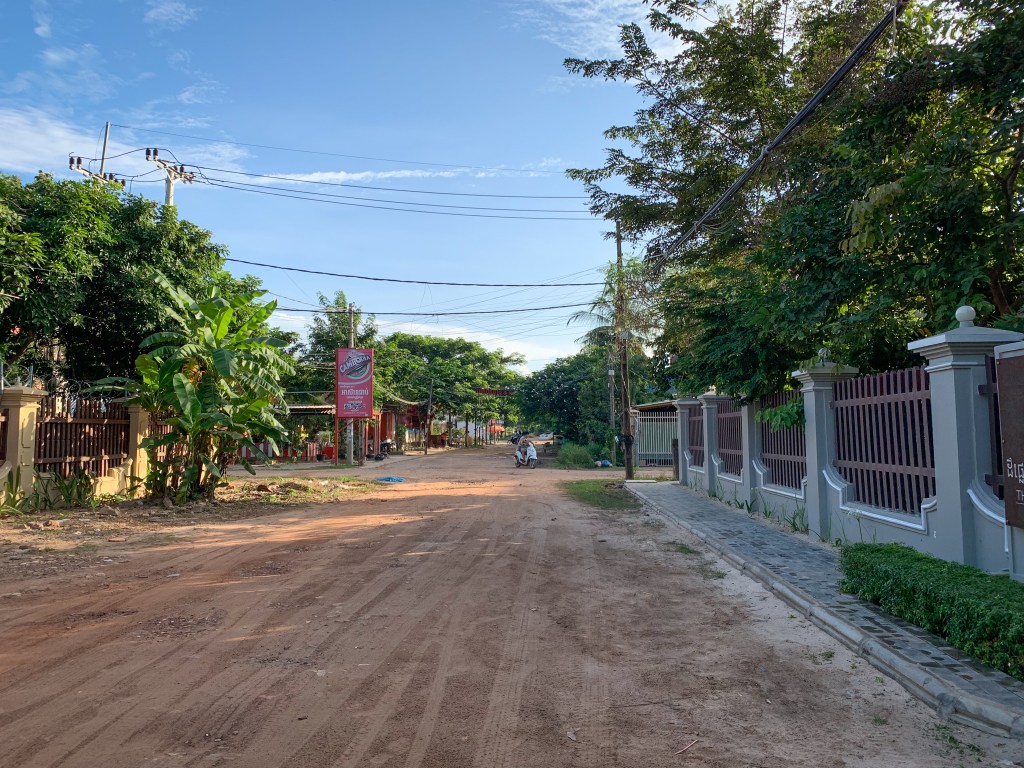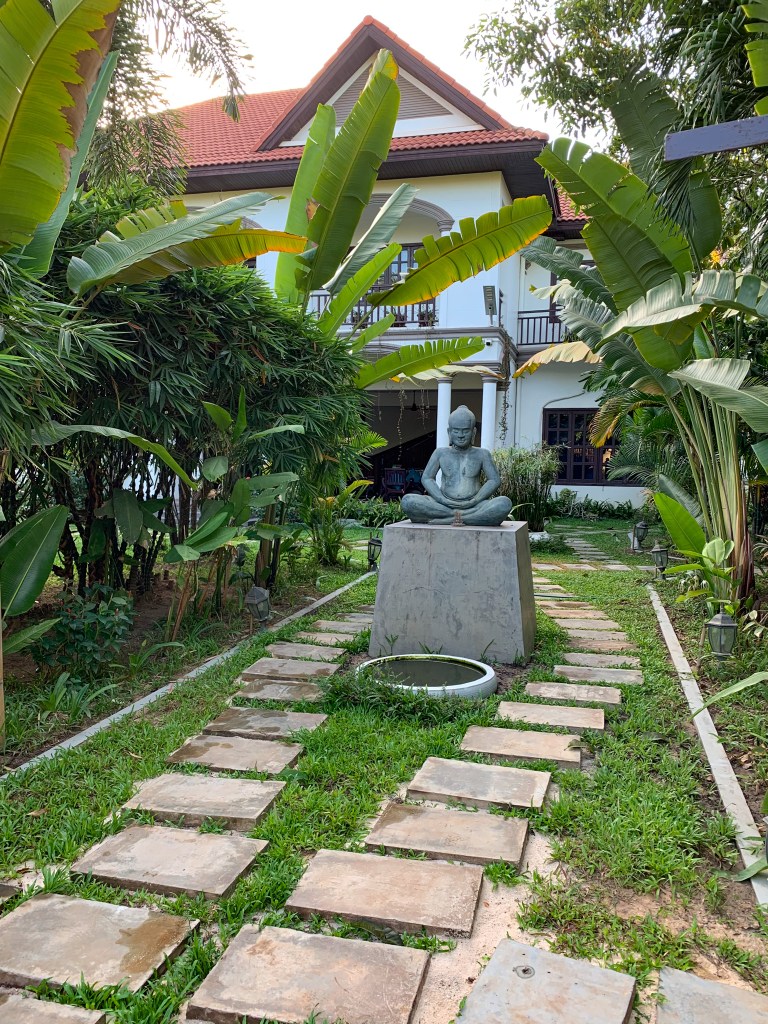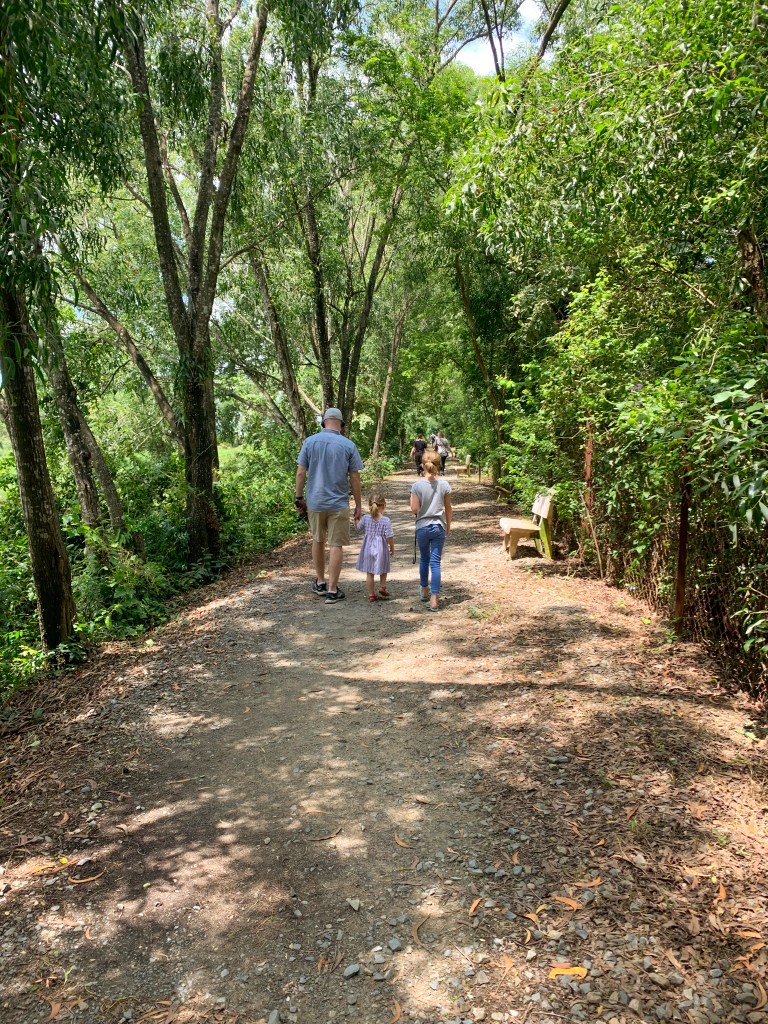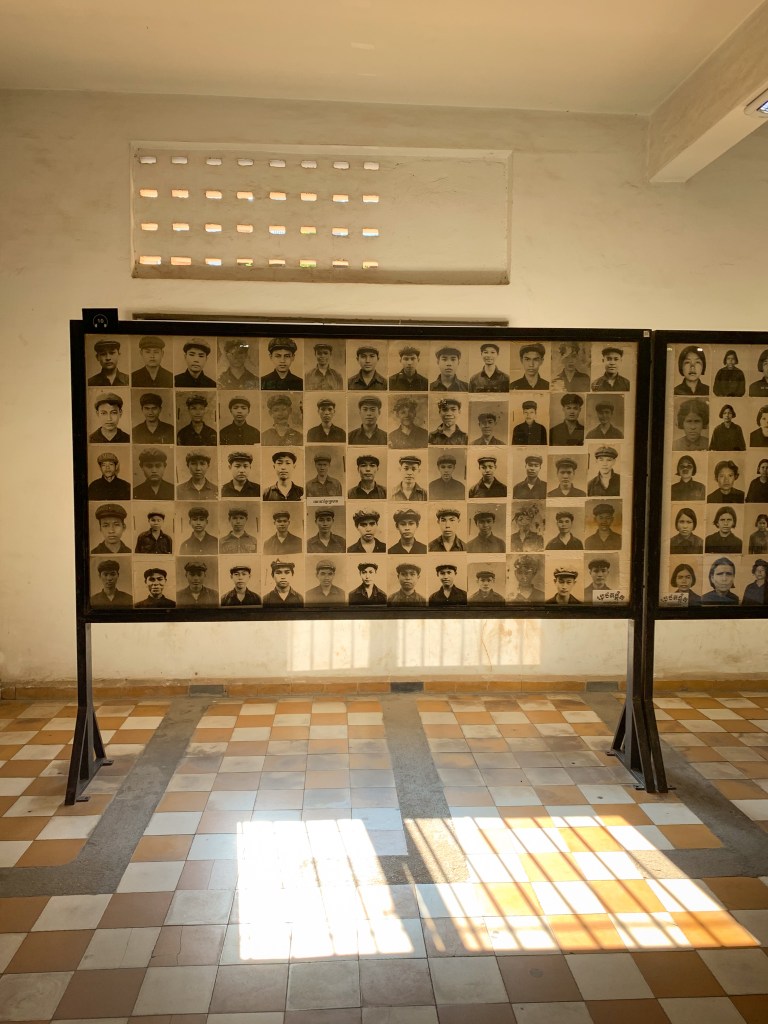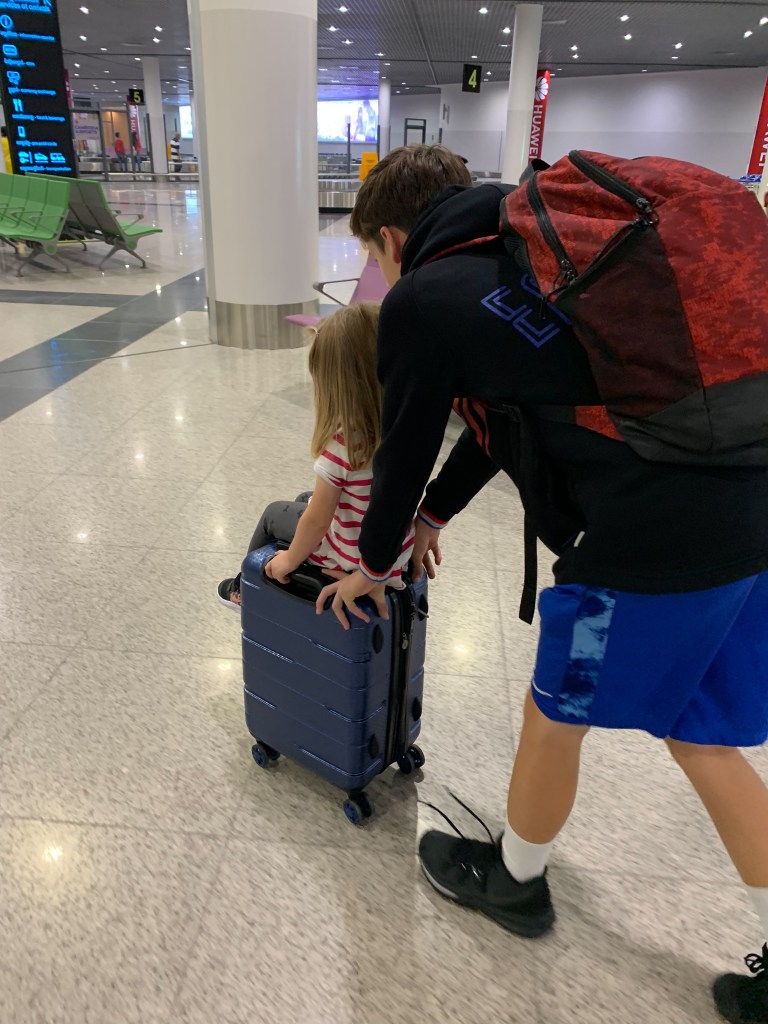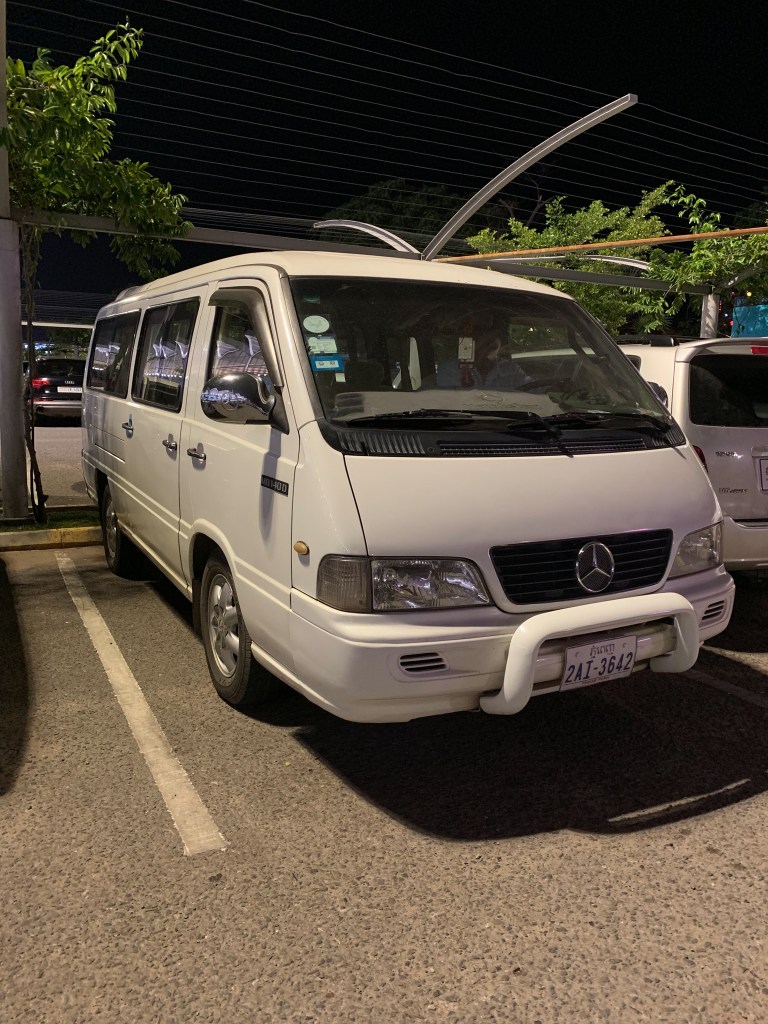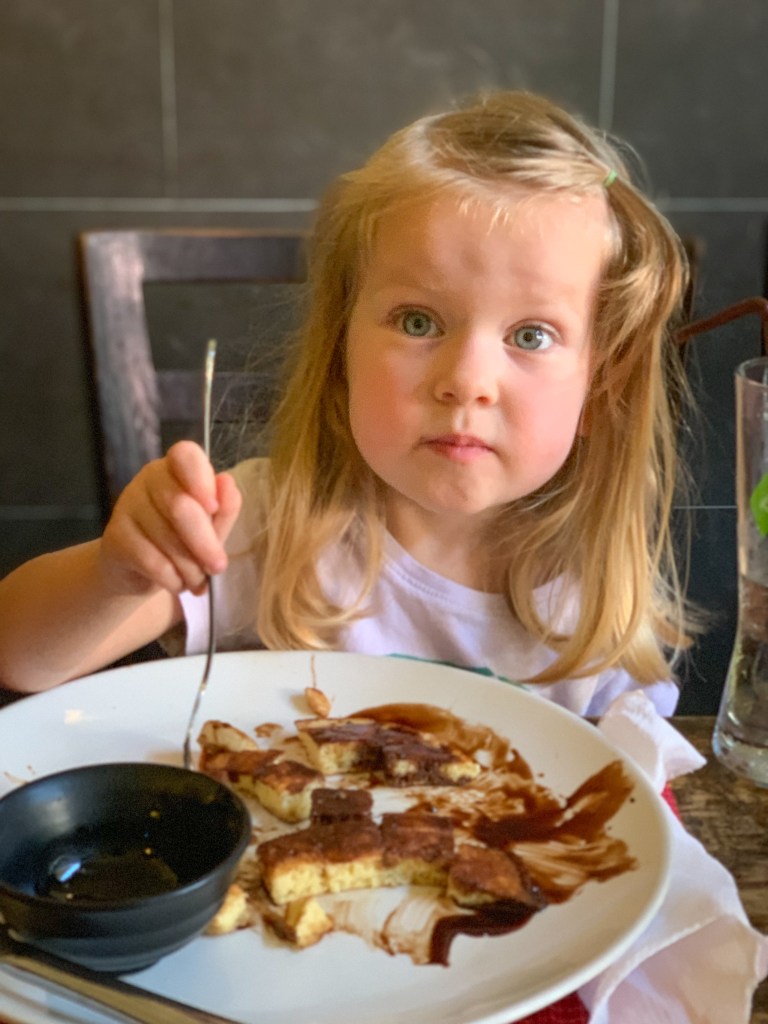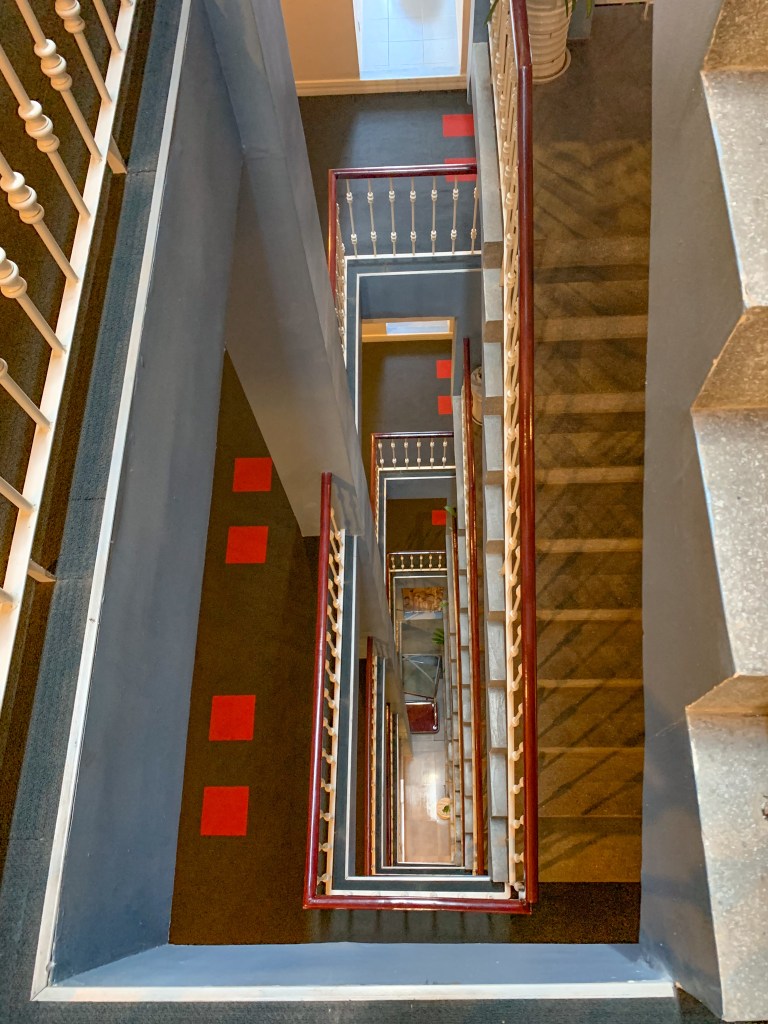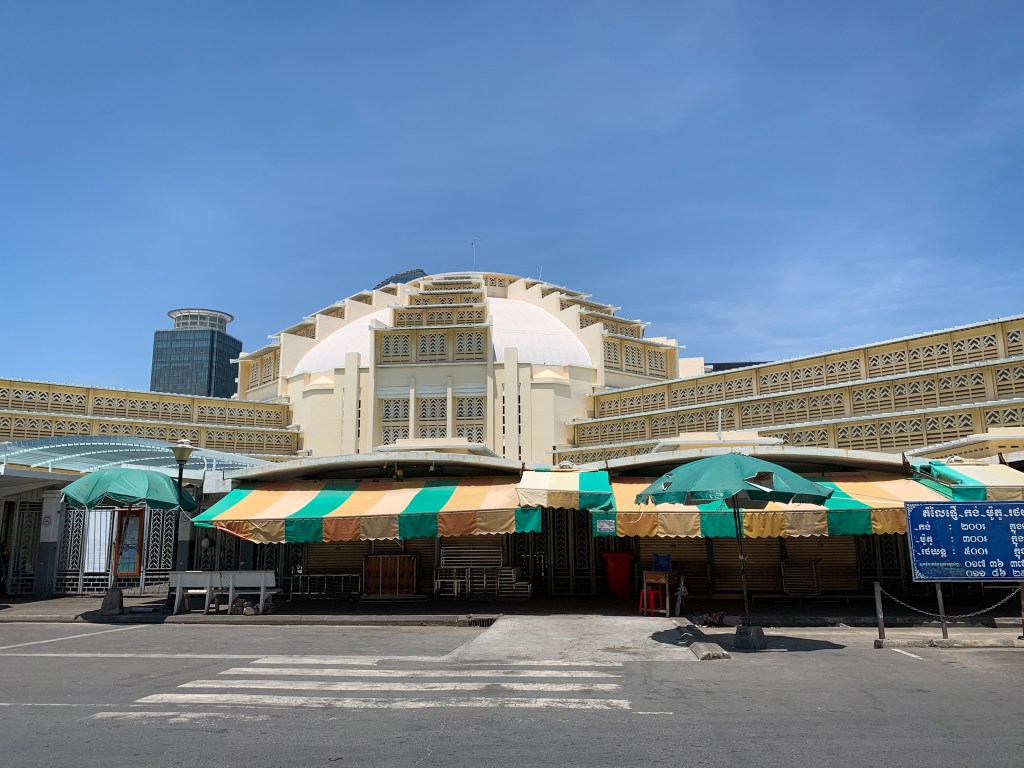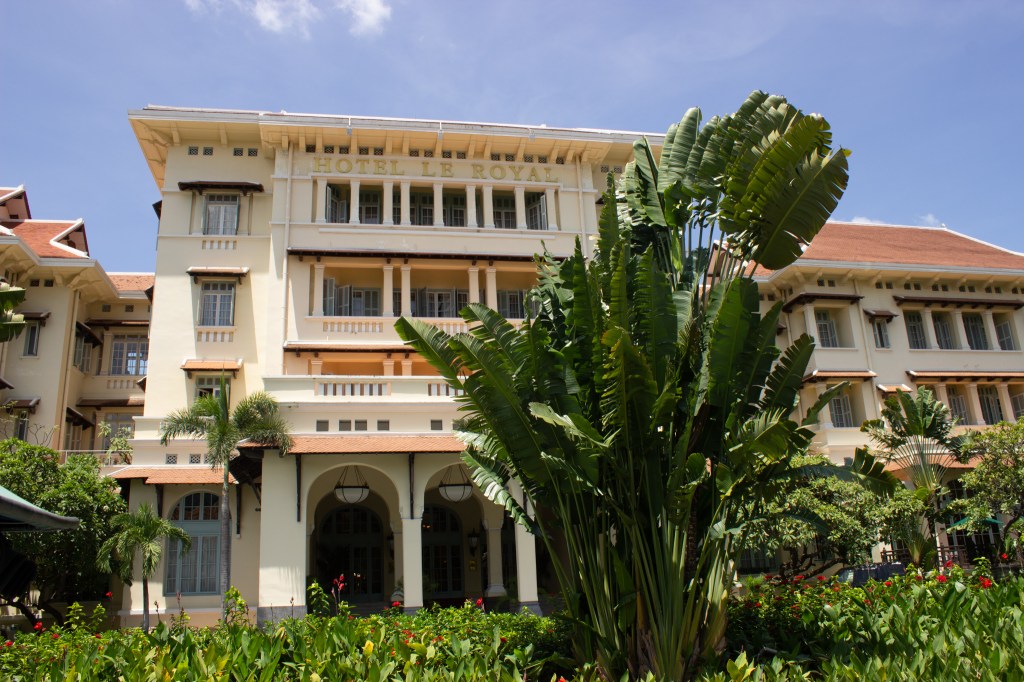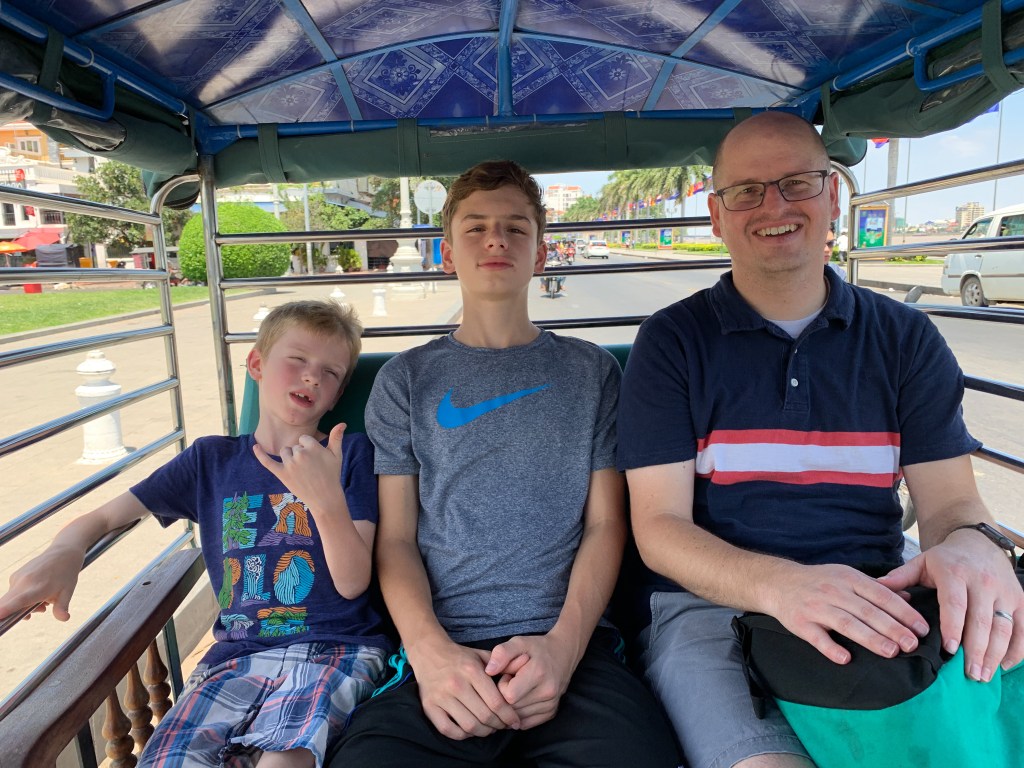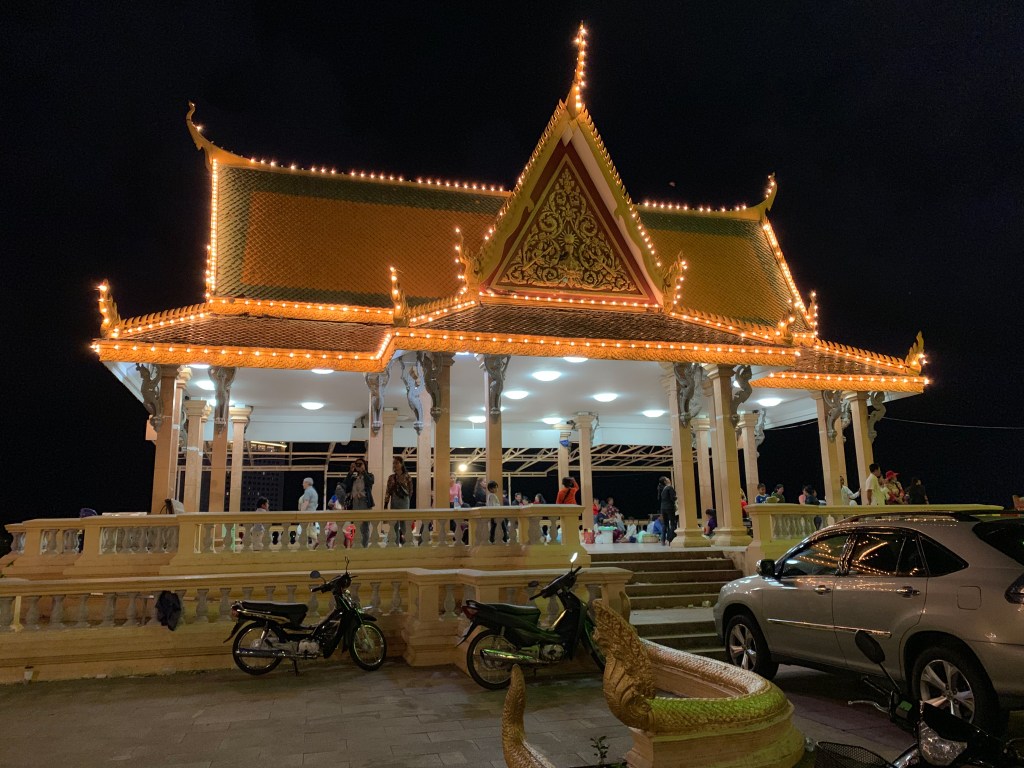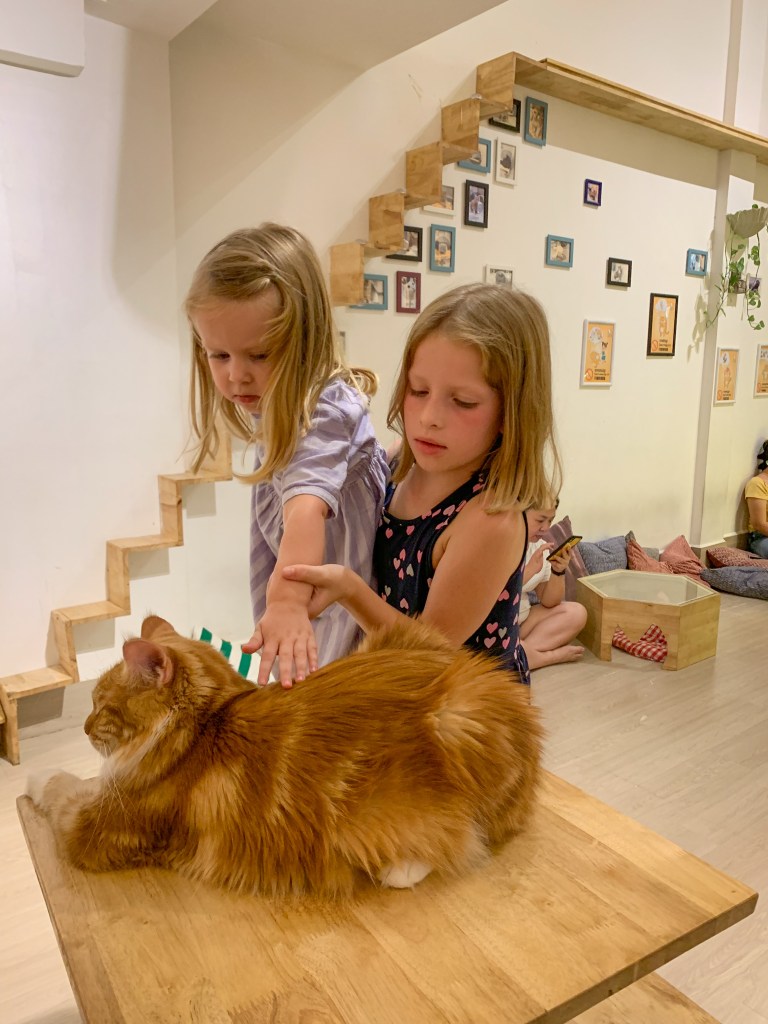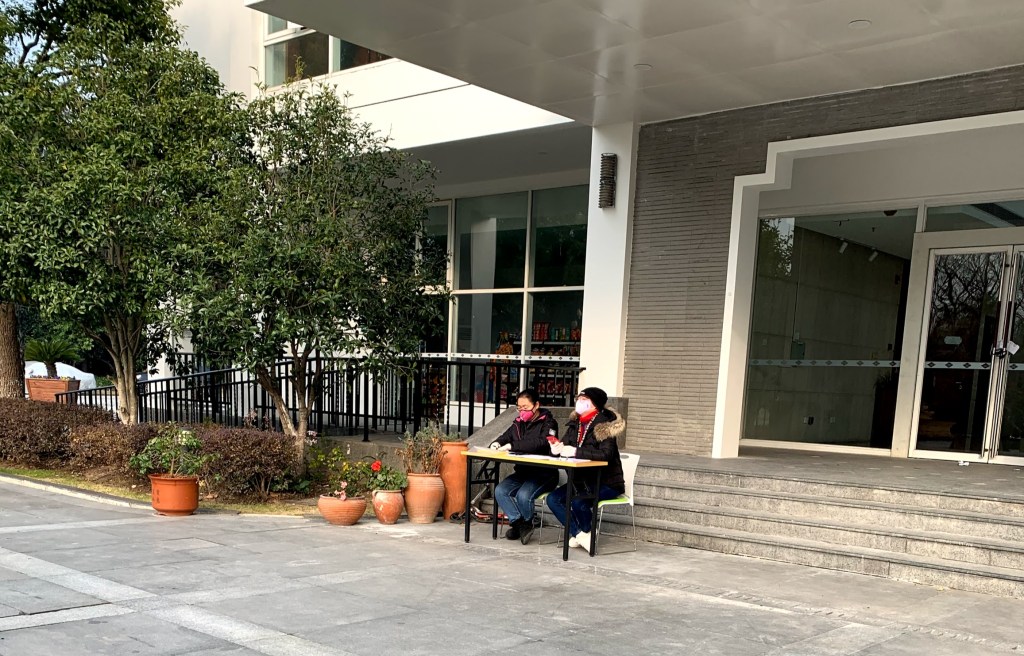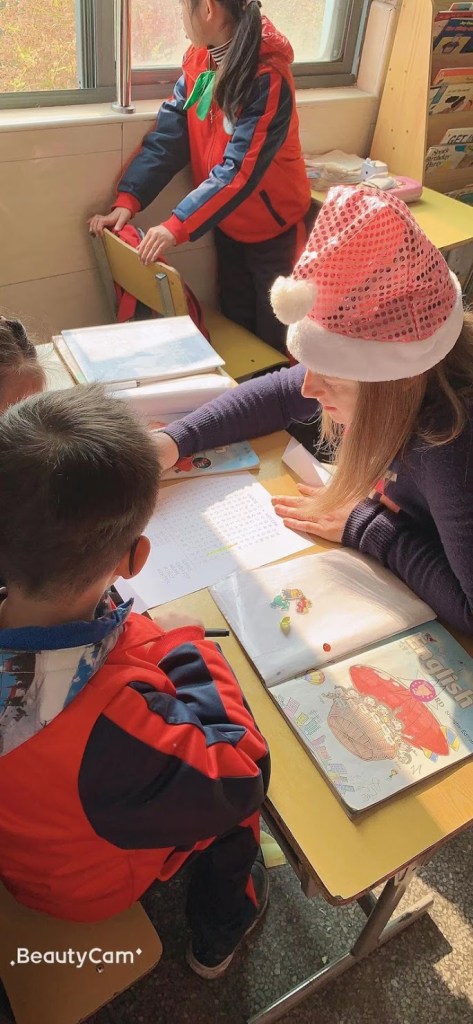
Somehow, in the process of recovering from jet lag, our bodies (all seven of us) have reset to the circadian rhythm of teenagers. We’re all sleeping from after 11:00pm to well past 9:00…10:00… 11:00(!) in the morning. (Not ideal for a six year old, I’m aware.) Recovering from Covid and the added fatigue didn’t help, along with staying in an Airbnb with blackout blinds and zero accountability to the outside world.
This morning when I woke up at 8:30, the house was hushed and my six exhausted people slept off an especially late 4th of July evening. Yesterday morning I had allowed myself to lie in bed and get lost in my thoughts, but after five days of being sick, lying in bed and getting lost in my thoughts had lost all of its pleasure. So by 9:00 I was out of bed, dressed and eating a banana while I made a new playlist for a run.
Fresh start.
I had a nice run, with some resistance from my post-covid lungs. Took a quiet shower, got dressed and drove to the grocery store to buy much desired breakfast cereals for the kids. Having consumed excess amounts of Lucky Charms and Marshmallow Mateys already, they had spent the drive home last night debating the appeal of various other cereals and I had my orders.
Thinking it might be nice to offer something besides cereal, I walked through the deli and the bakery. At 10:30am, the deli coolers were already full of macaroni salads, pre-packaged charcuterie meats, and Americanized versions of various ethnic foods, produced in mass quantity. The bakery was full of delicious looking doughnuts and muffins, on racks for self-selection or in pre-packaged plastic containers, combinations of banana bread, mini blueberry muffins, pre-baked cakes and cupcakes with vibrantly colored frostings. There were countless packages of cookies, biscuits, cinnamon rolls, and powdered doughnut holes.
I felt incapacitated with choice. The AC was on full-force and I had goosebumps and the impulse to rush through my shopping and get back out into the summer warmth. I didn’t add anything to my cart except a small tub of fresh salsa from the deli. And then I hurried on to the cereal aisle. Unfamiliar with the layout of this grocery story, I had to gaze down each aisle to see if it had what I wanted, and was tempted by each one. Old favorites, snacks I hadn’t had in years, called to me. Chewy Chips Ahoy. Skinny Pop. Every imaginable diet soda. Wheat thins. Jordan Almonds. So many types of Celestial Seasonings herbal teas! In stops and starts I worked my way past each of these things, never actually picking them off the shelf, just gaping at them. But it wasn’t an excited feeling. It wasn’t joy. (This wasn’t my first time back in a grocery store, I had already experienced the initial elation.)
This was more like fear, overwhelm, and panic. I try really hard to be a non-judgmental food consumer, but what will happen to me if I eat all this stuff? I don’t attach morality to eating something like PopTarts or Doritos, but all. this. food. It was all so… processed. The yogurts all looked so delicious, but also resembled dessert more than breakfast. There were at least six types of Almond milk including honey and chocolate.
I tried to think through what I should buy for lunch or dinner, and felt lost. Why was everything all of the sudden unfamiliar? I tried to imagine what 2018 Jo would have bought but I’m not 2018 Jo anymore. Grocery stores in China left MUCH to be desired, but I had my routines. I knew where to find the things I needed and wasn’t distracted by all the other food that was both unfamiliar and unappetizing to me.
I grabbed family size bags of Colossal Crunch Berry whatever and Reese’s Puffs and bolted for the checkout. The kids all need new toothbrushes but I didn’t have the fortitude to tackle that small task. Please don’t make me make any other decisions…
We watched movies about repatriation with the kids. We’ve even done this before, moved back to the US from another country. I thought I was prepared. I was in a grocery store full of things I love to eat, it was familiar, but it just felt so weird. The tears had already collected on my eye-lids and a friendly employee cautiously asked if I was okay. The man in line in front of me asked for cash back and it was one of those phrases you don’t hear or say for years and then you hear it and something in your brain sparks. Cash back. That’s a thing! I can do that!
By the time I got to my car the tears spilled out and all over. It wasn’t the sobs of a painful cry, it was just the weeping of homesickness. A strange blend of happiness and relief to be here, and sadness and grief to not be there. I needed to reach out to a friend, I needed to know if anyone else had ever felt this way so I sent a couple texts. Sure enough, my friend Heather who returned a few weeks before we did, reassured me that in fact she shops at the smallest Kroger, just to keep it simpler for now.
Because of the circumstances of the lockdown in Shanghai, which I’ll write more about later, I was so anxious to just leave. I knew at the time, and still understand, that having that perspective meant I was postponing my grief in some ways. I didn’t say goodbye to Shanghai in the ways I would have under different circumstances, with months of notice. So I expect to face these moments going forward, occasional but intense moments of loss and longing for my home and life there.










